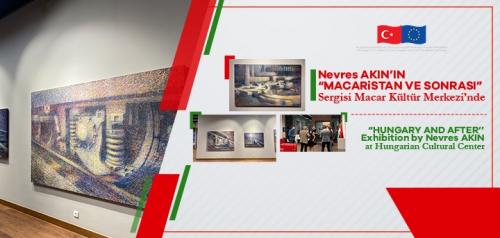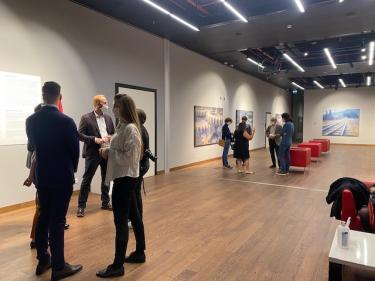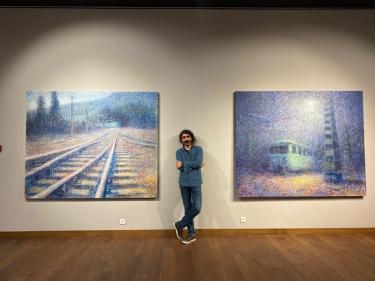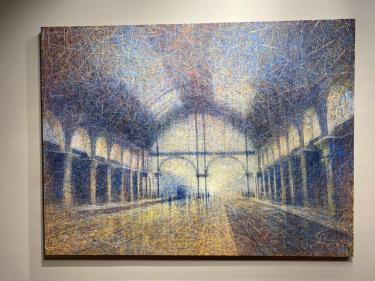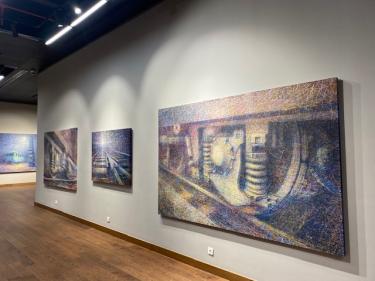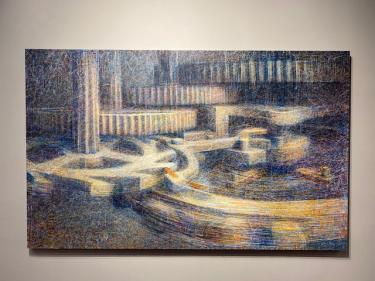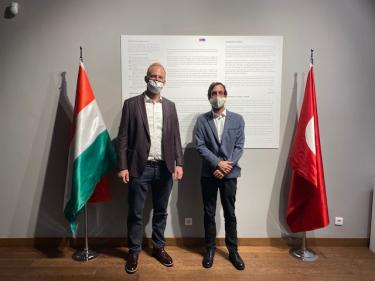“Hungary and After” Exhibition bu Nevres Akın at Istanbul Hungarian Cultural Center
The Hungarian Cultural Center is hosting the exhibition "Hungary and After" by Nevres Akın, one of the renowned names in Turkish Contemporary Art. Akın's different perception of reality inspired by the string theory draws attention in the exhibited works that will be on display until December 31.
Istanbul Hungarian Cultural Center has made a name for itself through many cultural and artistic activities it has organized until today. Now it offers art lovers a brand new exhibition.
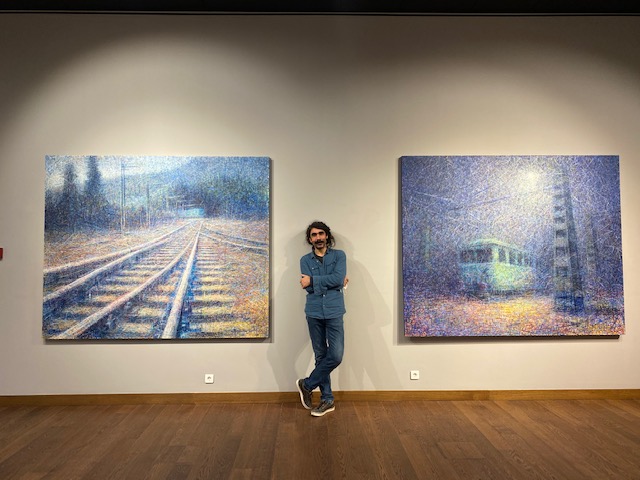 Nevres Akın, a renowned painter in Turkish Contemporary Art, meets with art lovers in his personal exhibition “Hungary and After” at Istanbul Hungarian Cultural Center. The exhibition featuring the artist's works produced in about a year and a half sheds light on Nevres Akın's recent life. The exhibition is sponsored by the EU-Turkey Intercultural Dialogue run by Yunus Emre Institute, and is co-financed by the European Union (EU) and Turkey. The exhibition "Hungary and After" is curated by Kemal Orta.
Nevres Akın, a renowned painter in Turkish Contemporary Art, meets with art lovers in his personal exhibition “Hungary and After” at Istanbul Hungarian Cultural Center. The exhibition featuring the artist's works produced in about a year and a half sheds light on Nevres Akın's recent life. The exhibition is sponsored by the EU-Turkey Intercultural Dialogue run by Yunus Emre Institute, and is co-financed by the European Union (EU) and Turkey. The exhibition "Hungary and After" is curated by Kemal Orta.
Nevres Akın moved his workshop to Hungary for more than a month in the summer of 2019 upon the invitation of the Szentendre Artists' Colony, one of Europe's oldest and well-established artist colonies, and worked in many cities, particularly in Budapest and Szentendre. Reflecting the artist's experience in Hungary, the exhibition carries the traces of Akın's original style, which was influenced by positive sciences.
A DIFFERENT PERCEPTION OF REALITY WITH THE STRING THEORY
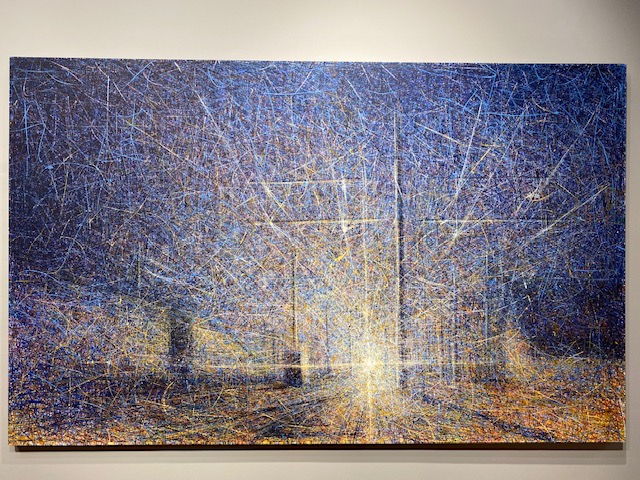
Nevres Akın brings together his artistic approach that embraces positivism with the technique he created based on the string theory. Akın makes a name for himself with his unique style that he developed with inspiration from the string theory. In an interview, Nevres Akın said his art was inspired by science. “I have been interested in science since my childhood. That's why I'm inspired by the string theory, which combines Einstein's theory of relativity with quantum mechanics and further deepens that theory."
The visual language that the artist created based on the string theory reveals a different perception of the cosmos. Painter Akın brings substance into existence through 'vibrating strings' and creates a new perception of reality in minds.
Nevres Akın depicts the landscapes or objects in his paintings with strings and the different spatial connections of those strings with each other. He portrays landscapes from different regions of Hungary in his oil paintings displayed in his exhibition "Hungary and After". The familiar wheels, trains, rails and stations that Akın frequently uses in terms of subject and content in his paintings also re-appear in this exhibition. They point out to the industrial revolution and the thought system based on the positive sciences the revolution brought along, and carry traces of Akın's artistic approach in technique and style. To that end, Hungary seems to be a rich source of inspiration for the artist. In addition to the country's rich scientific history full of important inventions, places such as railway stations, tram stations, science, machinery and transportation museums are among the sources of inspiration in the artist's works.
HUNGARIAN CULTURAL CENTER CONTINUES ITS ACTIVITIES APACE
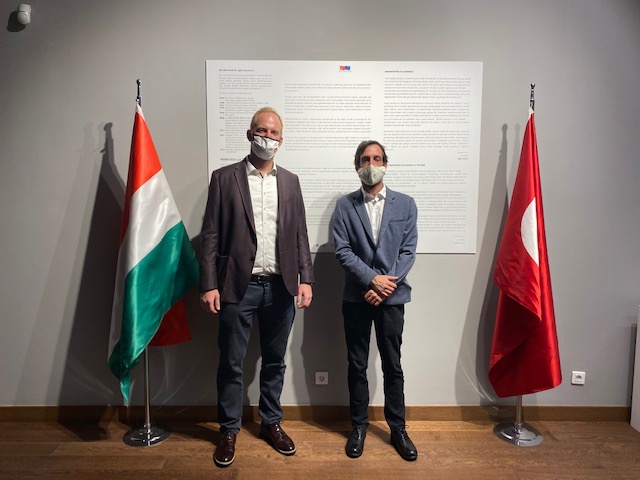
Dr. Gabor Fador, Director of Istanbul Hungarian Cultural Center, said that the Hungarian Culture Center had many joint activities with Yunus Emre Institute and continued its cultural activities despite the coronavirus pandemic. Stating that they held numerous concerts, exhibitions and history conferences as part of the EU-Turkey Intercultural Dialogue Program, Fador noted that such events aimed to strengthen intercultural ties. Dr. Fador stated that under the "Waves of the Danube Project", they carried out many projects with the Danube River as the theme, a river which witnessed many empires and became a cultural basin.
Balazs Szöllössy, Cultural Attaché of the Hungarian Consulate General, stated that the works of Nevres Akın's paintings had been exhibited in Hungary before and that there were many elements representing Hungary and Hungarian culture in the exhibition. Szöllössy noted that they welcomed applications by artists who wanted to produce new artistic projects related to the Hungarian culture.
The exhibition will be open until 31 December 2020 at Istanbul Hungarian Cultural Center.

